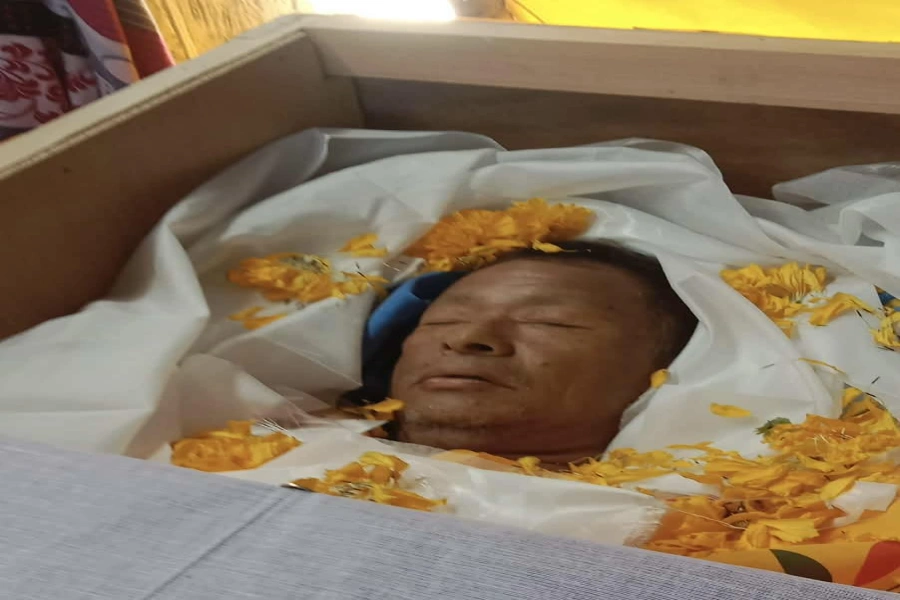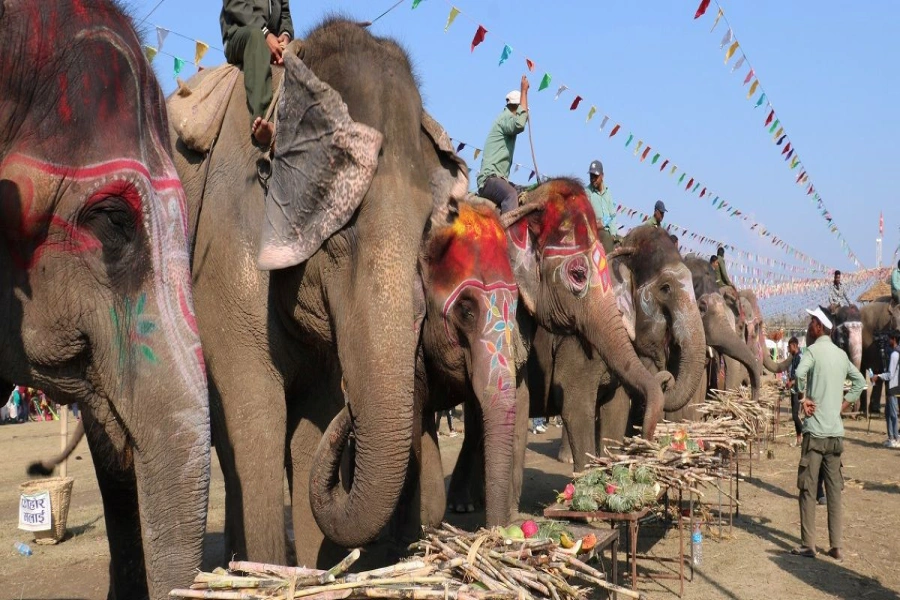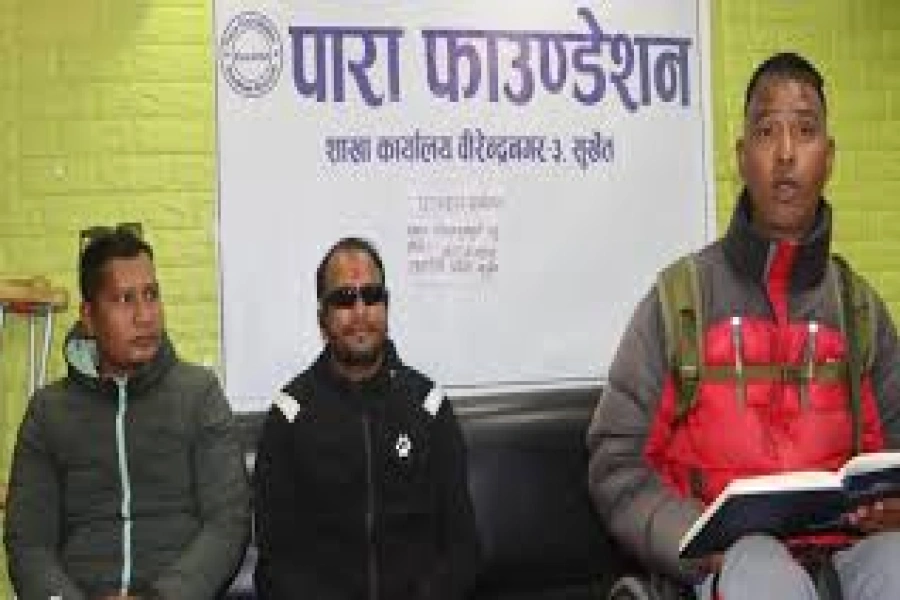Lumpy Skin Disease (LSD) has become a grave concern in Nepal, causing an alarming number of cattle and buffalo deaths. As more than 50,000 animals have fallen victim to this highly contagious viral disease since its outbreak in April, it's crucial for farmers to be vigilant and take necessary precautions to protect their livestock. The detrimental effects of livestock losses, reduced milk production, and lower reproductive performance have significantly impacted farmers in Nepal, with long-lasting consequences for years to come.
Understanding Lumpy Skin Disease
Lumpy Skin Disease is a dangerous viral illness that primarily affects cattle and buffalo, leading to significant economic losses and animal welfare issues. The disease is characterized by fever, skin nodules, and can occasionally result in death, especially in animals with no previous exposure to the virus. The outbreak has caused a severe impact in Nepal, with the highest number of fatalities recorded in Sudurpaschim Province, followed by Karnali and Koshi.
Recognizing the Signs
Early detection of Lumpy Skin Disease is key to containing its spread and minimizing its consequences. Keep an eye out for the following signs in your cattle and buffalo:
Discharge from the eyes and nose: This is often the first noticeable symptom.
Decreased milk yield in lactating cattle: Be alert to any sudden drops in milk production.
High fever: Infected animals may develop a fever that can exceed 41°C.
Firm skin nodules (lumps): These nodules typically appear within 48 hours of the fever's onset and are about 2 to 5 cm in diameter. Check for these lumps on the head, neck, limbs, udder, genitalia, and perineum.
Lumpy skin disease detected in Manang

Rapid decline in body condition: Some cattle may require euthanasia due to the severity of the disease, while those that recover may remain in extremely poor condition.
Spread and Occurrence
Lumpy Skin Disease is caused by lumpy skin disease virus (LSDV)primarily transmitted by biting flies, mosquitoes, midges, and ticks. It can also spread through the movement of infected animals and contaminated equipment. The disease has established itself in various parts of the world, including Africa, the Middle East, South-East Europe, Kazakhstan, Russia, and several Asian countries. Recent outbreaks have been reported in Bangladesh, China, India, Taiwan, Vietnam, and other Southeast Asian nations, including Nepal.
The death toll of animals from lumpy skin disease, impacting all 77 districts of the country, has surpassed 50,000. As of July 2023, the highly contagious disease has caused the death of 50,826 cattle and buffaloes, with 1,088,000 animals infected since the outbreak in April, according to the Department of Livestock Services.
Preventing and Controlling LSD
Taking proactive measures is crucial to safeguard your livestock from Lumpy Skin Disease. Follow these steps to protect your cattle and buffalo:
Immediate Reporting: If you suspect any signs of the disease in your livestock, contact your local veterinarian without delay.
Biosecurity Practices: Regularly inspect and maintain equipment to prevent contamination. Implement measures to control insect populations around your farm, reducing the risk of transmission.
Quarantine Protocol: Whenever introducing new cattle or buffalo to your farm, observe a quarantine period to monitor their health.
Vaccination: Work closely with your veterinarian to develop an effective vaccination schedule for your livestock.
Government of Nepal's Role in Controlling LSD Epidemic
The LSD epidemic severely affecting cattle and buffalo requires urgent action to mitigate its impact. Key measures:
Enhance surveillance for early detection.
Conduct public awareness campaigns on LSD signs and reporting.
Strengthen veterinary services' capacity.
Implement effective quarantine and movement control.
Launch targeted vaccination campaigns.
Support research for tailored strategies.
Establish an emergency response system with financial aid.
Foster international collaboration for expertise exchange.
Implement comprehensive monitoring and evaluation.
Conclusion
Lumpy Skin Disease poses a serious threat to cattle and buffalo populations, resulting in substantial losses to farmers and affecting animal well-being. Identifying the signs early and reporting suspected cases promptly is vital for effective control. By adopting preventive measures and staying informed, we can unite to keep our farms free from this dangerous viral epidemic.


































